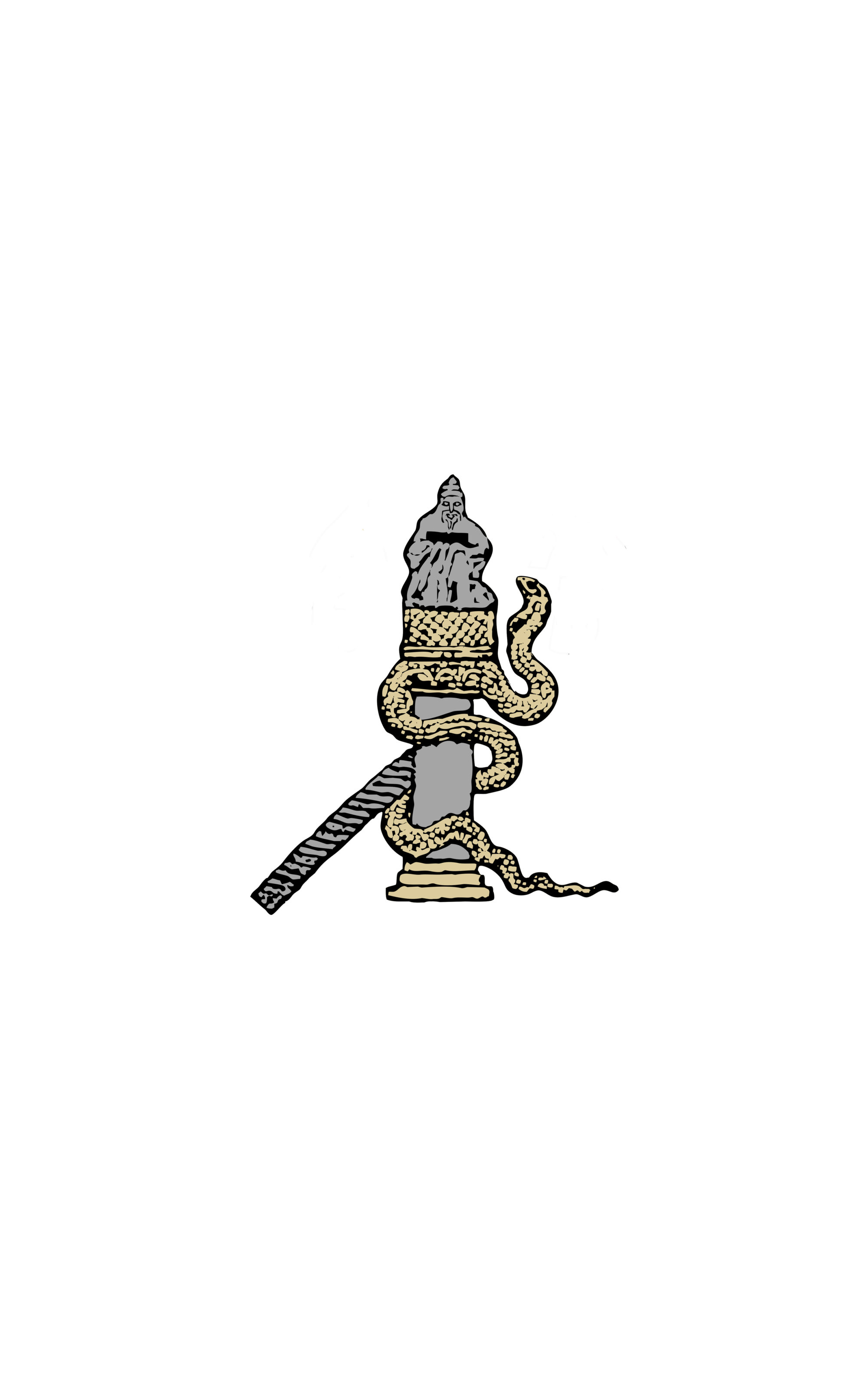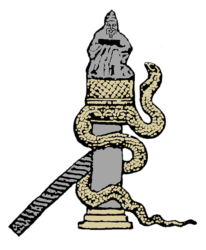Application Deadline: 31 December 2019, Tuesday
Koç University’s Department of Archaeology and History of Art (ARHA) is pleased to announce its 8th Annual Graduate Student Research Symposium, which will be held on 26 March 2020 at Koç University’s Research Center for Anatolian Civilizations (ANAMED), located in Beyoğlu, Istanbul.
The symposium titled Performance: Actors, Objects, Spaces aims to investigate various manifestations of artistic and cultural acts revolving around performance in order to discuss their enduring prevalence and trace their nuances in different spatial, temporal, social, and personal contexts. Outcomes of performances as employed in building identity, constructing gender, expressing self, and defining community will be analyzed. Our definition of performance is broad: it embraces the sacred and the secular, the social and the personal, and the spectacular and the quotidian. Moreover, performativity, or the interdependent relationship between words and actions, emerges as a topic of interest in this framework, owing to its reflections in the arts.
This symposium seeks to bring together a diverse range of perspectives and disciplines concerned with a span of subjects, areas and periods of research converging around the theme of performance in the arts and culture. Paper topics may include, but are not limited to:
- Depictions of performance
- Performance and space
- Performance, architecture, and urban planning
- State power, theatricality, ceremonies, and processions
- Imperial and military performances
- Sacred performances, rites, and rituals
- Performing identities
- Performing culture
- Performativity in arts
- Gender as performance
- Performing arts, theatre, dance, spectacles
- Performing music, musicians, musical instruments
- Memory and performance
- Documenting performances
- Staging and restaging performances
- Self-expression through performance
- Intangible cultural heritage and performance
- Performativity in museum studies
Students of archaeology, art history, history, cultural heritage, museum studies and related fields are invited to present research related to Anatolia and its neighboring regions, including the Mediterranean, Aegean, Black Sea, the Balkans, the Levant and the Ancient Near East, from the earliest prehistoric times through the Bronze and Iron Ages, the Classical, Byzantine and Ottoman periods, and into contemporary times.
All graduate students are encouraged to apply, including M.A. and Ph.D. students at any stage of their studies. The conference will be held in English, but we are open to accepting presentations and posters in both English and Turkish. Applicants should submit a 250-word abstract by 31 December 2019 to arhasymposium@gmail.com. Applicants will be notified of their acceptance by the middle of January. For other questions, please contact arhasymposium@gmail.com or visit arhags.ku.edu.tr and www.facebook.com/ARHAsymposium.

